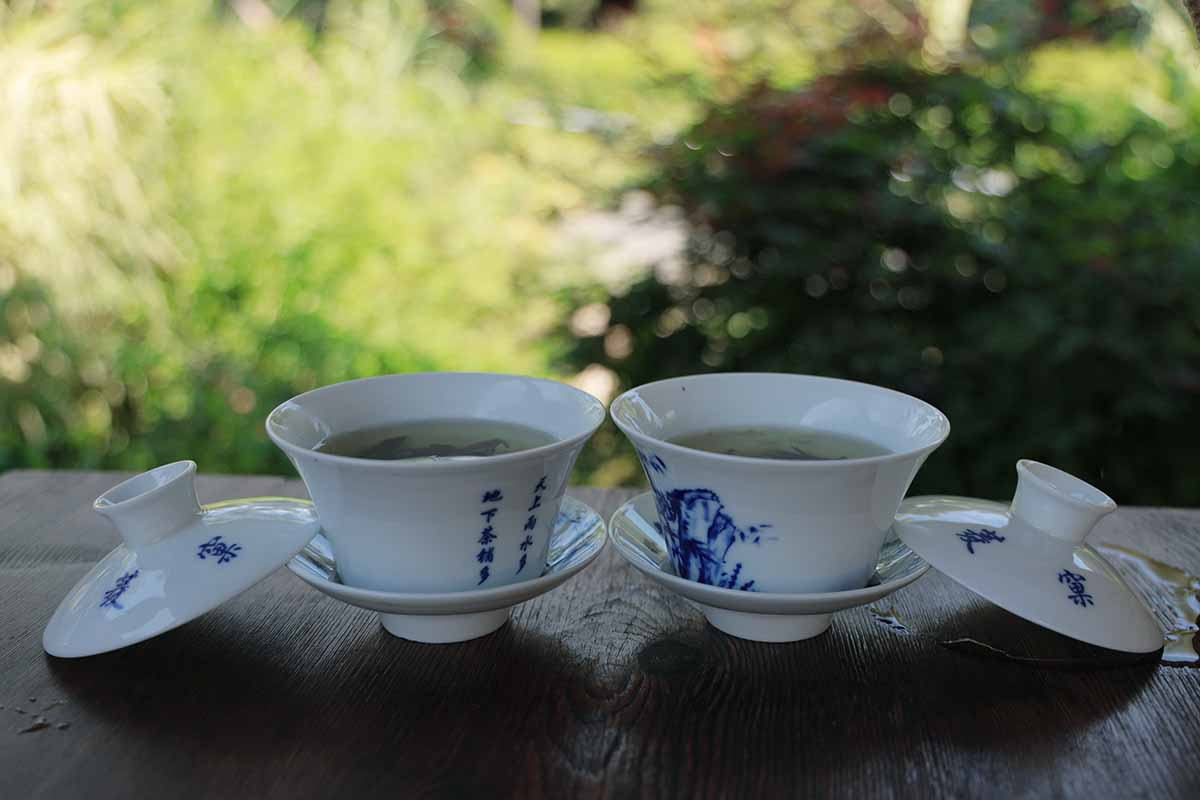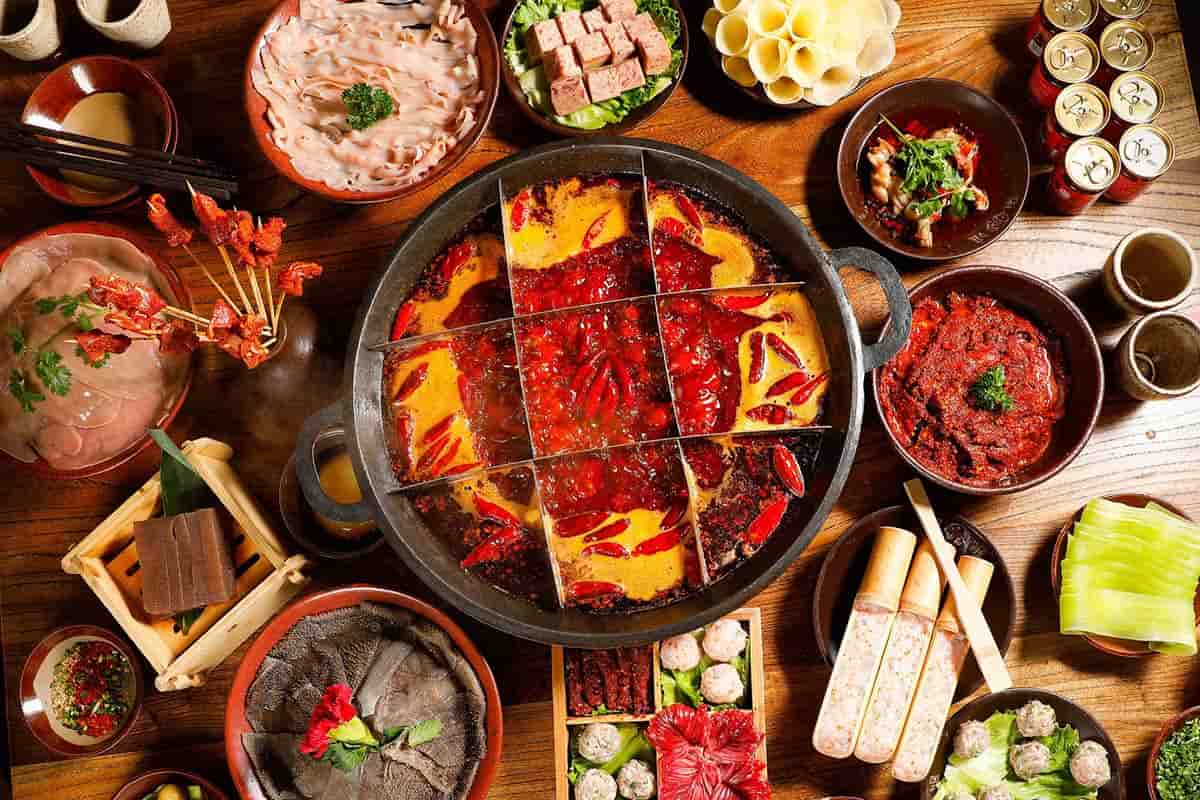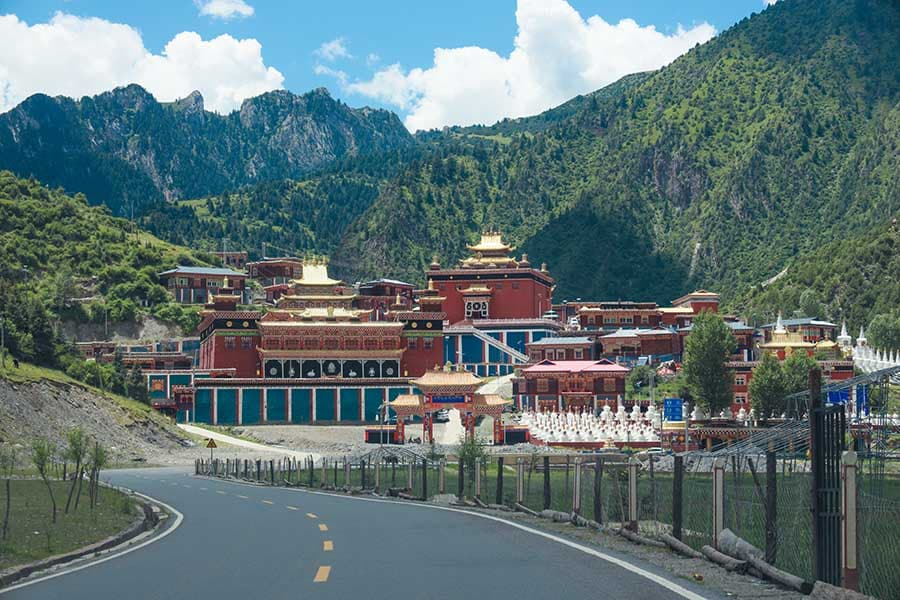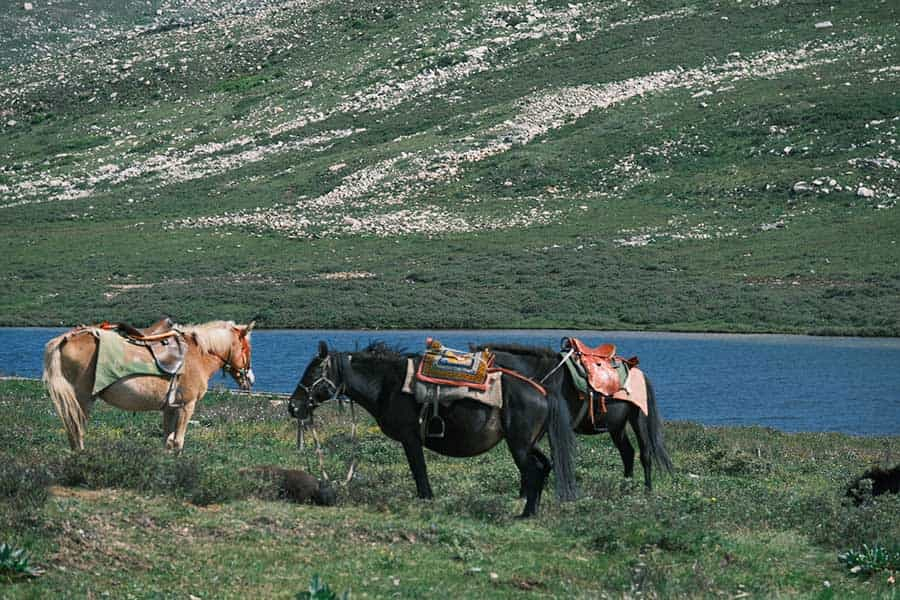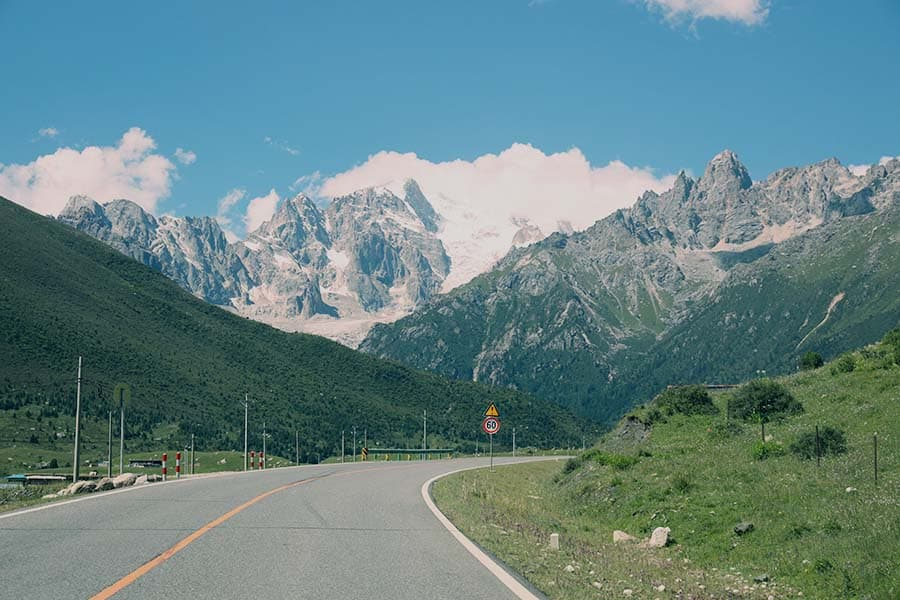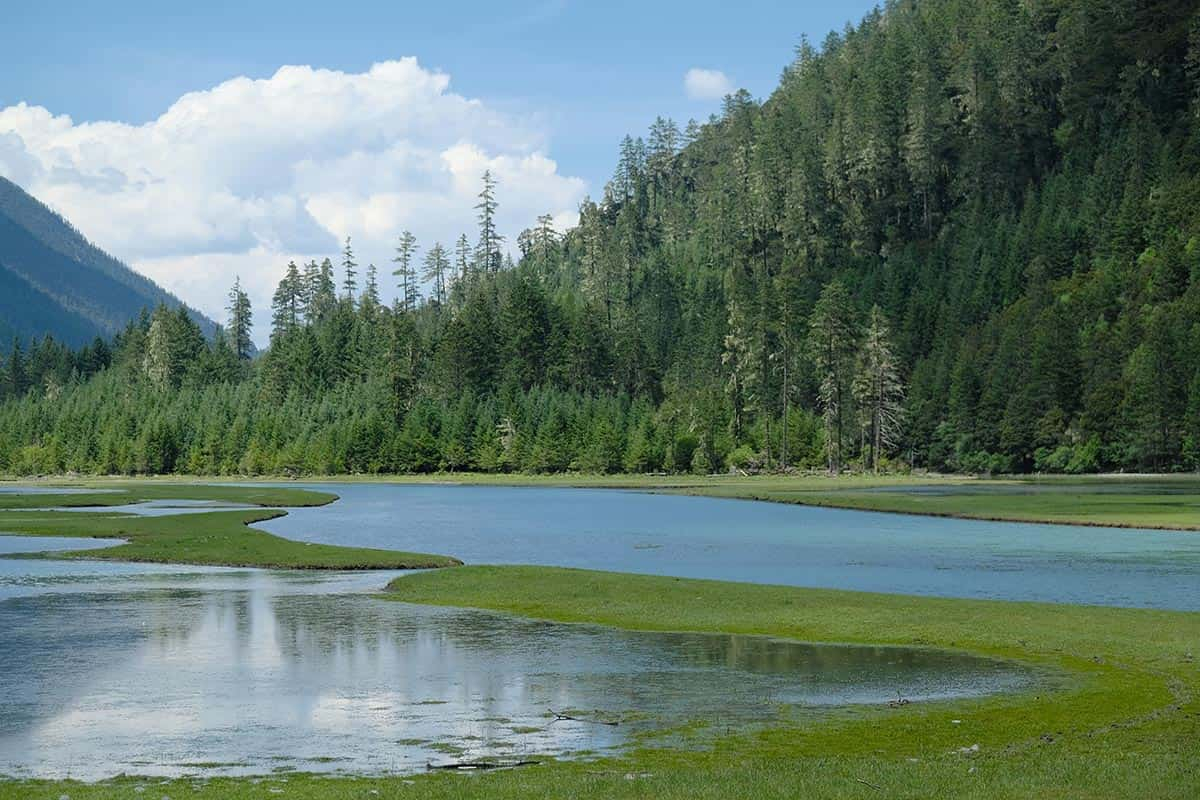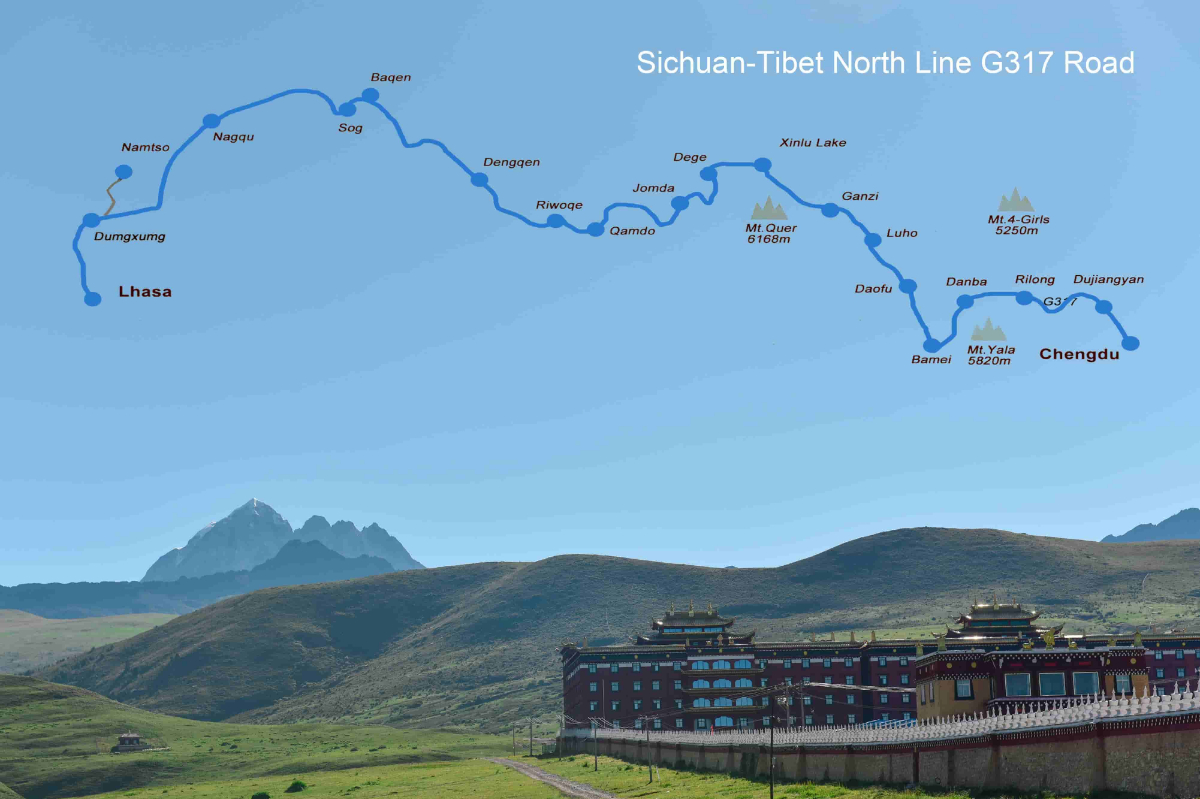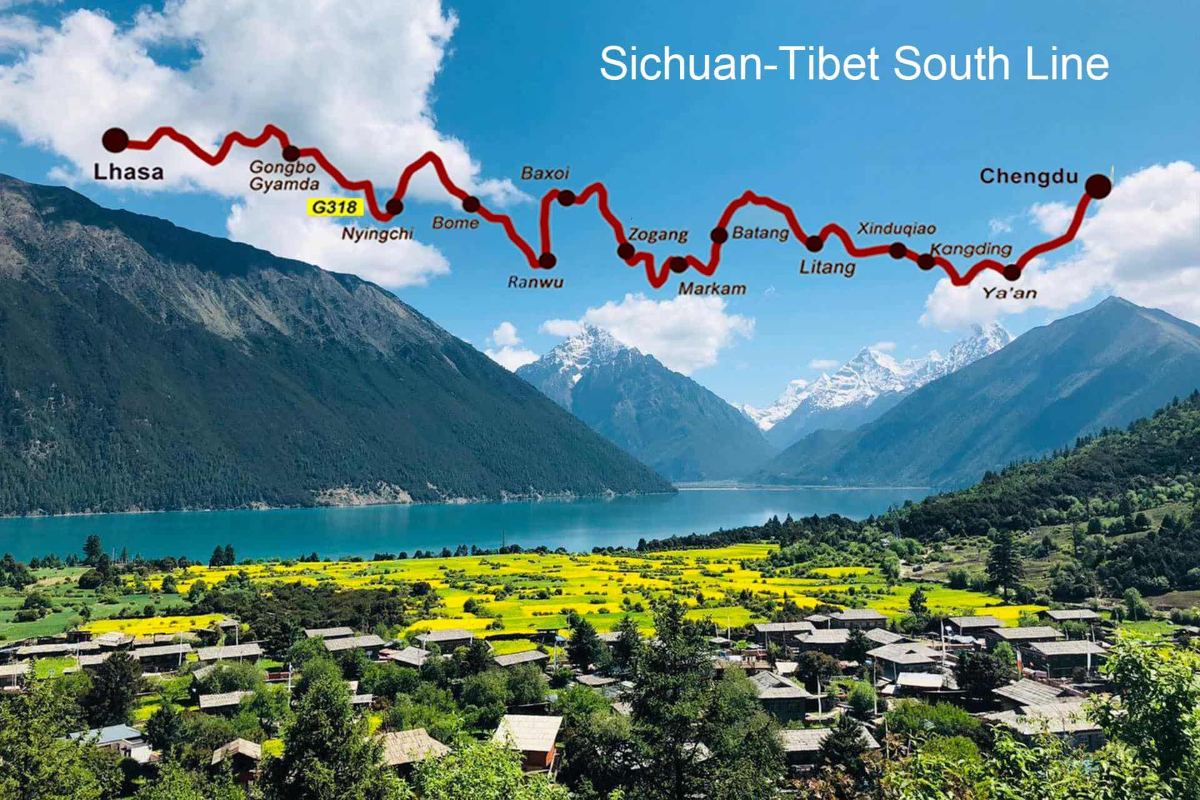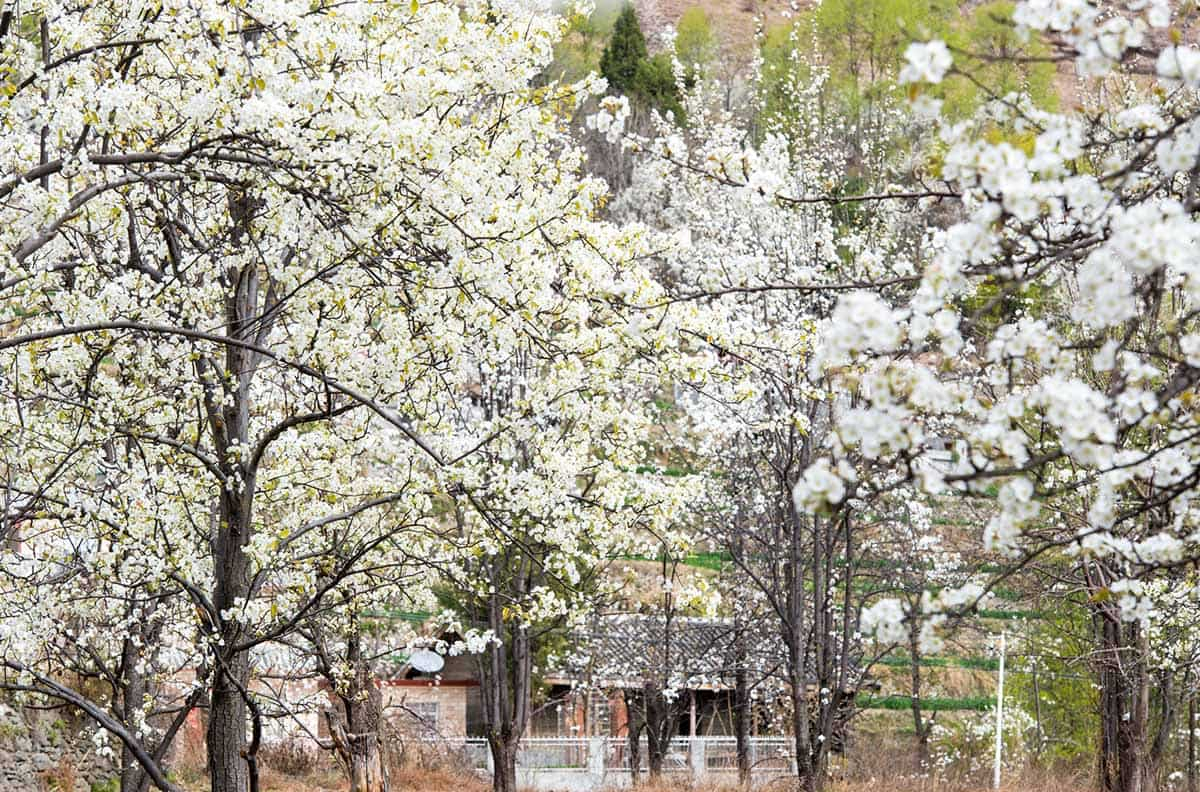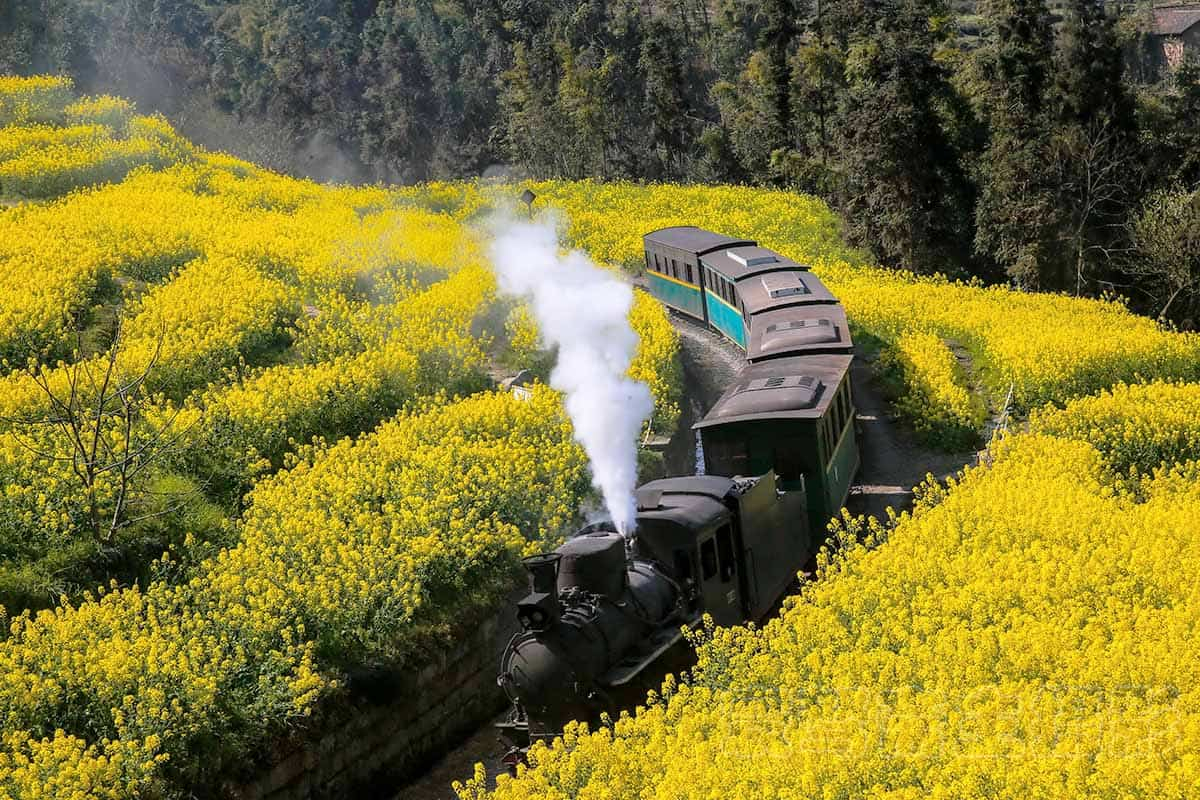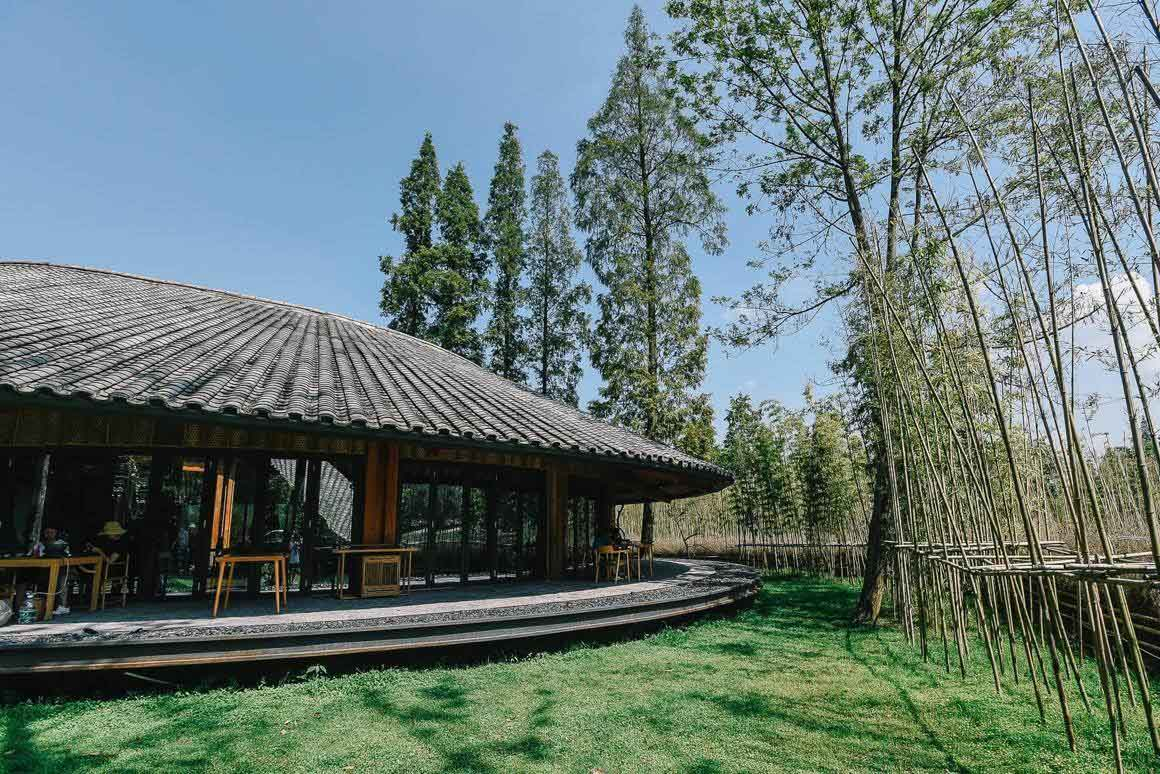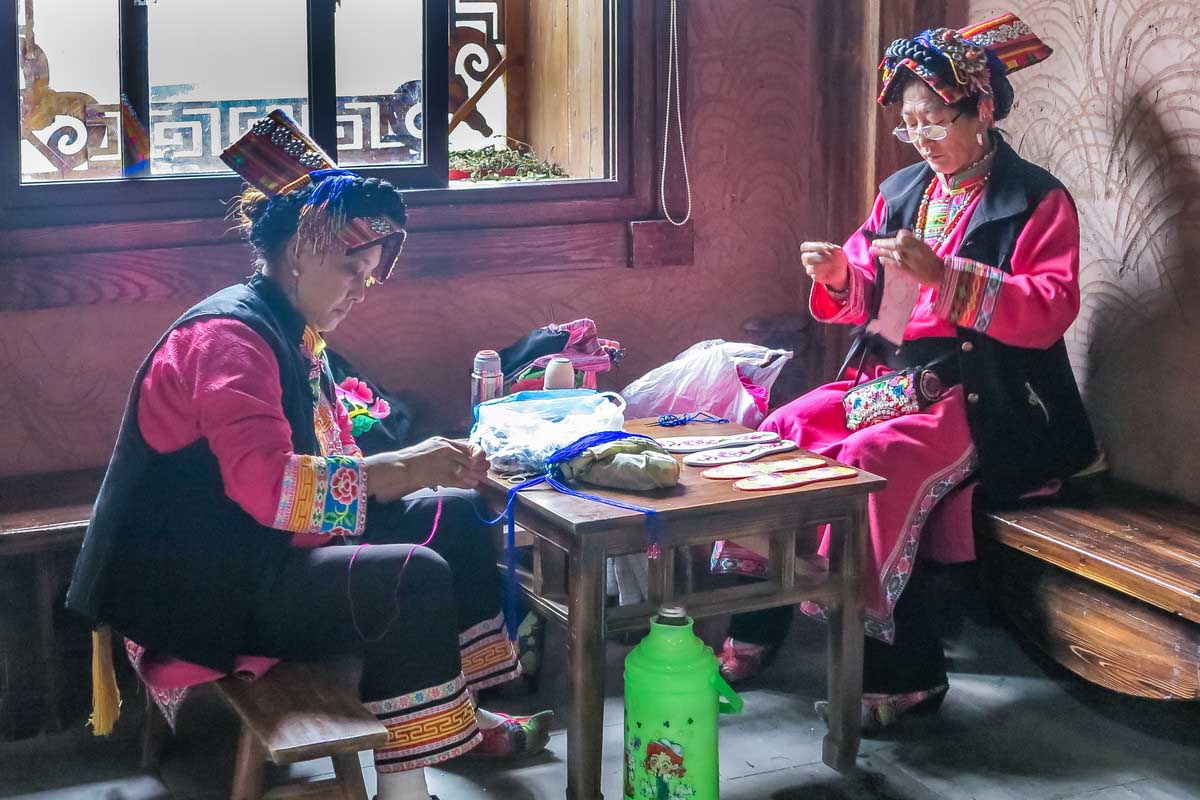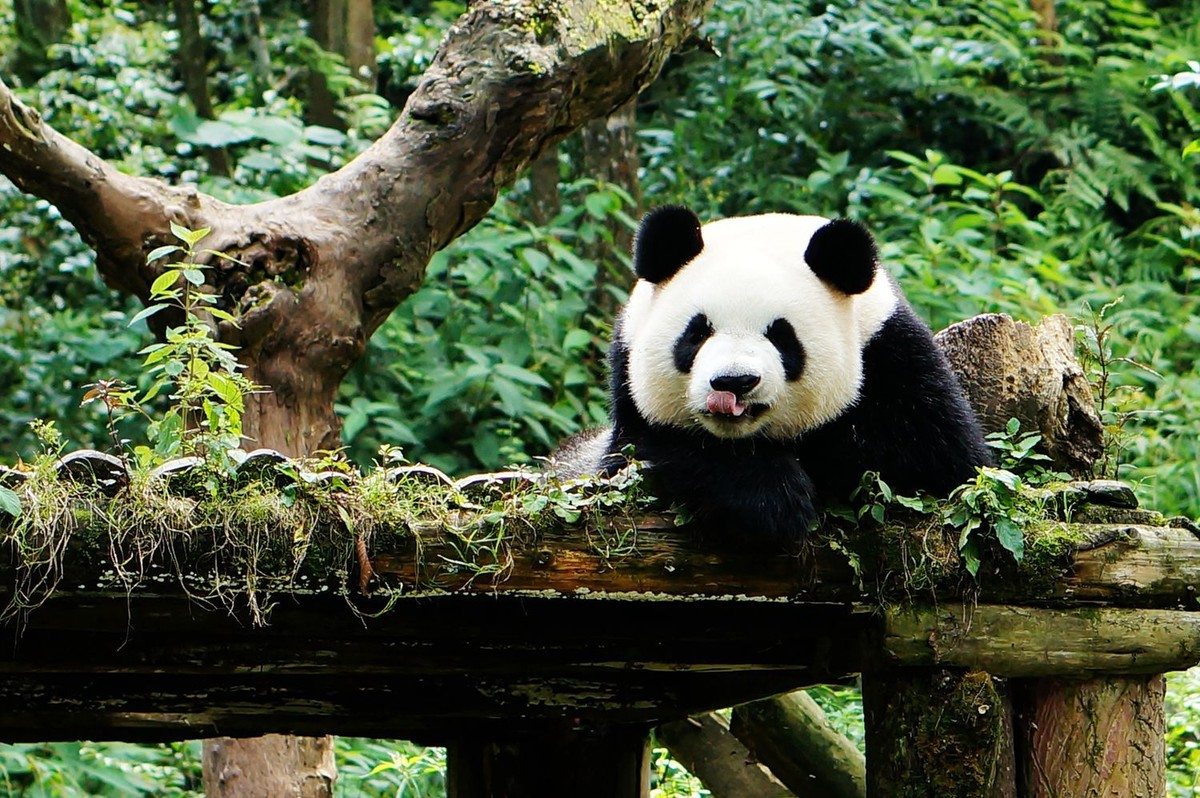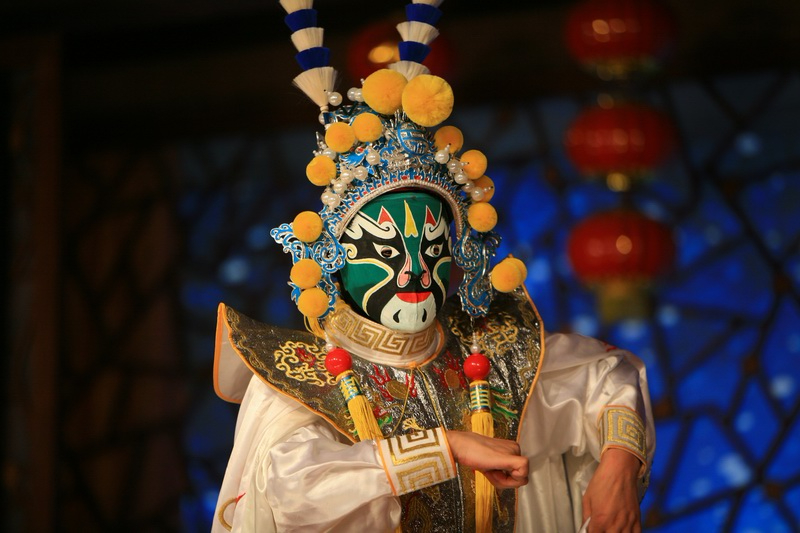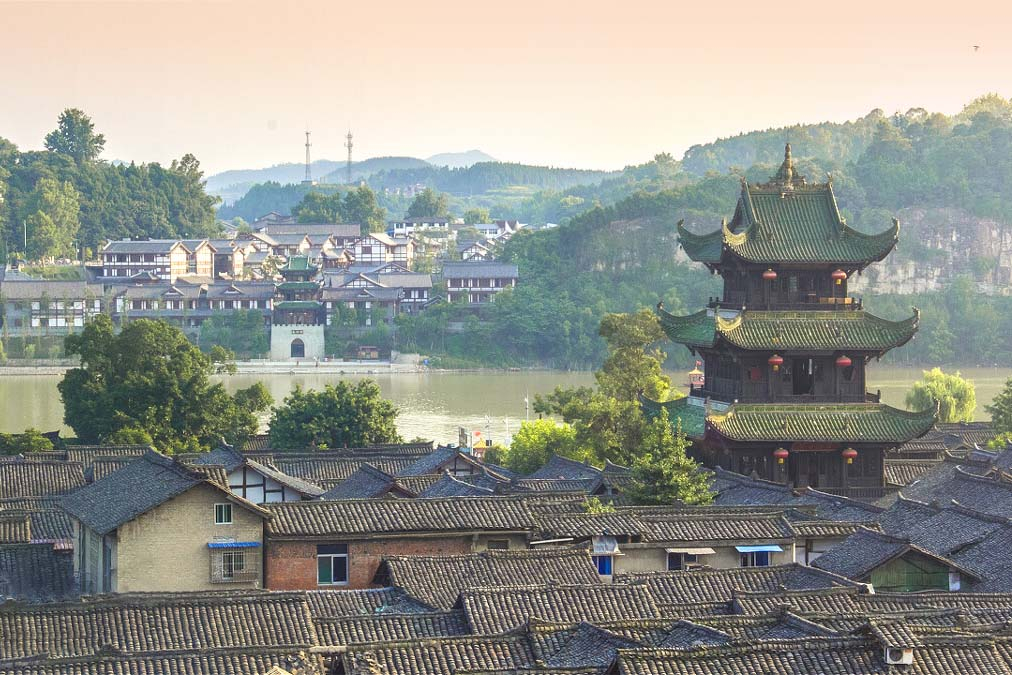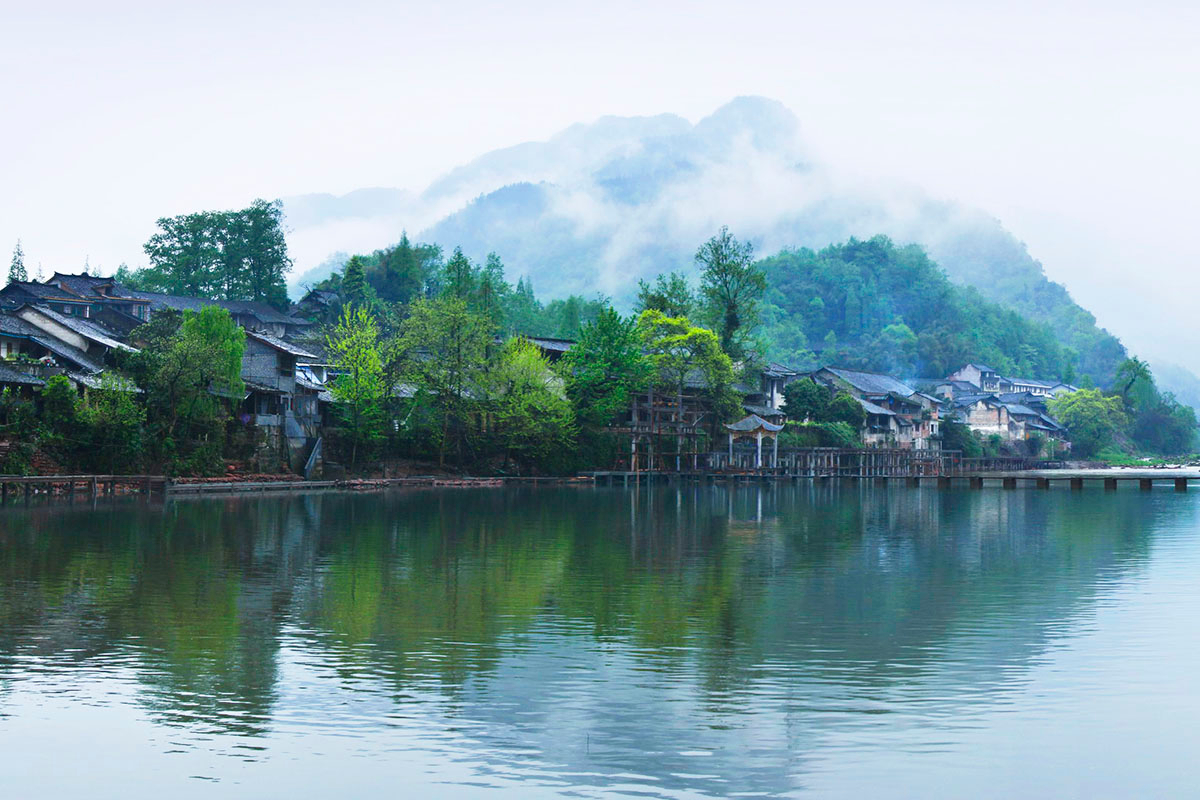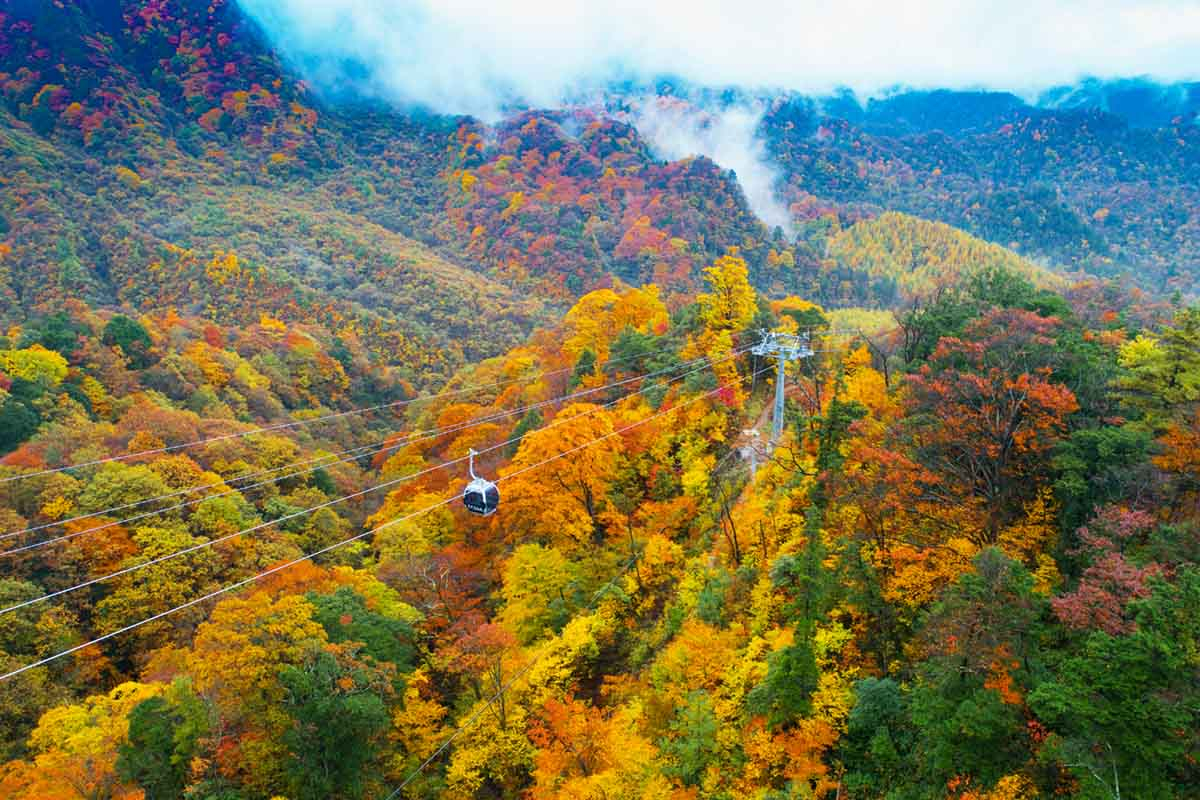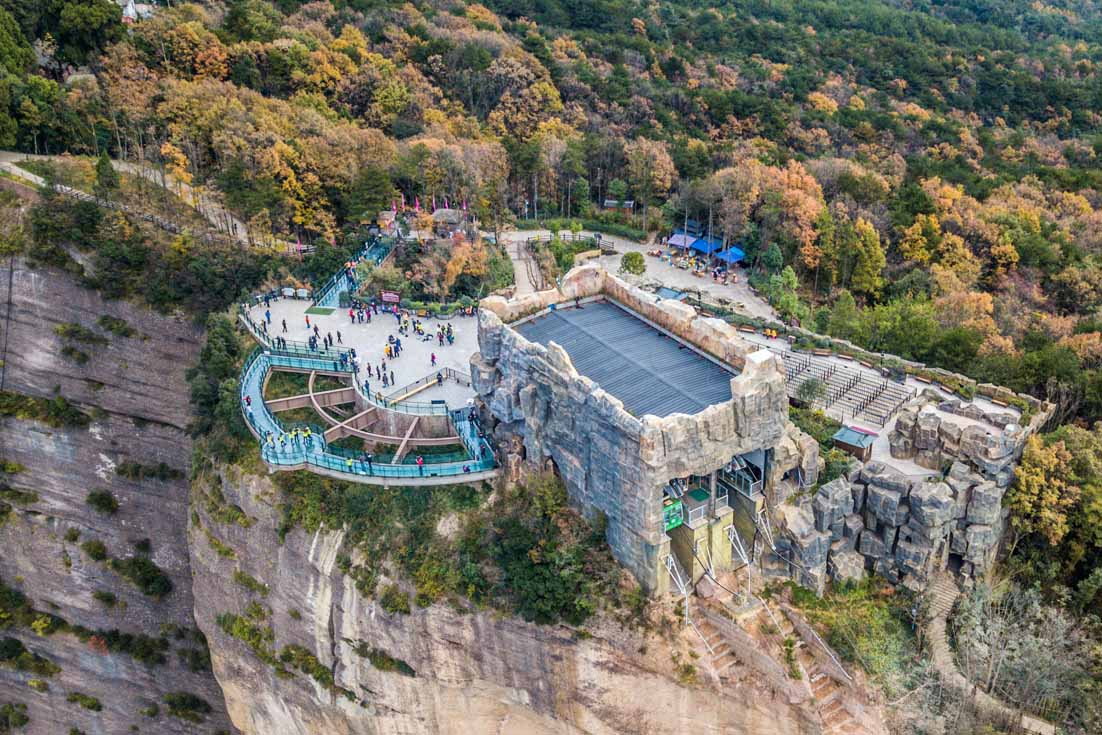Sichuan Deyang Travel Guide
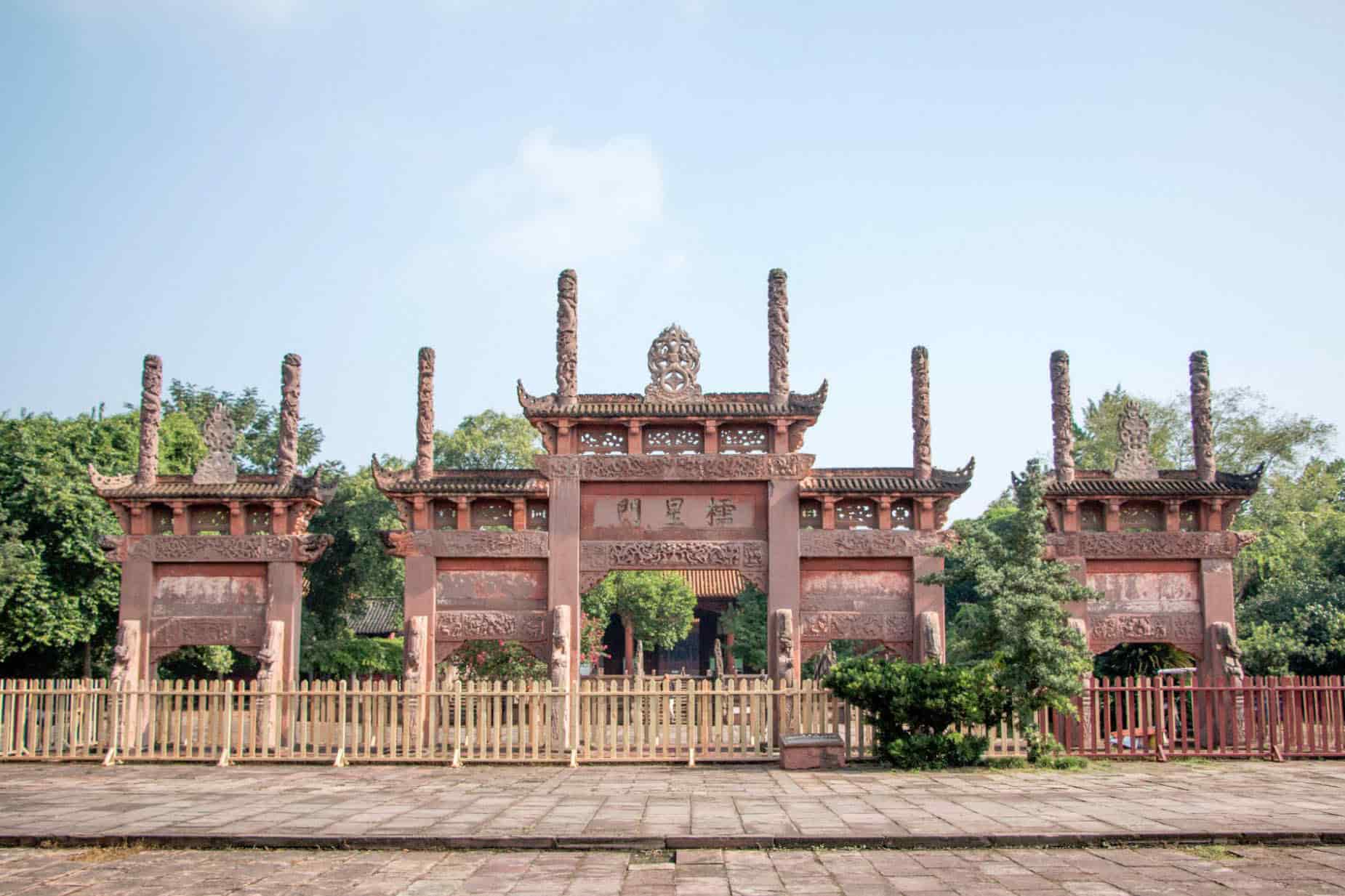
Deyang is a prefecture city north of Chengdu. It is one of major cities in Sichuan Province and home to over 3 million people. Its history dates back to 3rd century BC when Qin Kingdom (which later unified all major kingdoms and forged the first empire in history of China ) conquered the mystic Shu Kingdom and set up administrative body in Deyang. It was named Jingcheng in old days. It is now a highly industrialized city due to the movement in 1950-1960s when many manufacturing plants rushed into Deyang from coastal regions of China for national security reasons. It is also a major hub of logistics due to its proximity to provincial capital Chengdu. It is now consist of 2 districts (Jingyang District & Luojiang District) and 4 counties and cities (Zhongjiang, Shifang, Mianzhu & Guanghan). Despite of being an industrialized city ,Deyang is still a place full of historical and cultural sites. Deyang is under tourists’ radar mostly because of Sanxingdui ruins in Guanghan city.
● Top things to do in Deyang
Nianhua Festival
In the town of Mianzhu, northwest of Deyang City, Nianhua (new year painting) Festival is held every year since 2011. Mianzhu, together with Tianjin, Weifang and Suzhou, are four places in China that produces high quality New Year Painting. This type of painting is called Nianhua in mandarin Chinese. This folk art has origin of painting God of Gates, a common decoration seen on the doors of families in ancient China. These kinds of God of Gates painting served as spiritual guardians that keep out evil spirits from families. Nianhua is a special form of Chinese painting. It is often made during Chinese new year, hence the name Nianhua, meaning yearly painting or new year painting. Nianhua often presents in its content images of harvest, harmony , happiness and all things auspicious. Bright and brisk colour such as red, yellow are often used to enhance the sense of happiness and liveliness. After a thousand years, Nianhua are still popular among Chinese especially in rural regions. During the Nianhua festival, different kinds of folk art events take place in the town of Mianzhu.
Luojiang Poetry Festival
Luojiang District of Deyang City is home to Li Tiaoyuan, a famous poet and drama composer lived in 18th century China. To remember his contribution to Chinese art world and honor the tradition of poetry, Luojiang poetry festival was held in 2006. This biennial event has been an important cultural activity for the city of Deyang. Poets, writers, composers and other kinds of artists gather in Luojiang every two years to join in this cultural feast.
Sanxingdui Museum
The site visitors can not miss in Deyang, is the legendary Sanxingdui Museum in Guanghan City. It is about 1 hour drive from downtown Chengdu. It is now the hot spot both for tourists and archaeologists.
For a long time in history, people believed that Chinese civilization emerged and evolved along the banks of Huanghe, the Yellow River or the lower reaches of Yangtze River in central China. While the upper reaches of Yangtze Rivers, such as Sichuan, was a barren and uncivilized land. All that changed In 1929 when a local farmer in Guanghan dug out a piece of jade ware by chance. Archaeologist stepped in early 1930s to conduct a preliminary investigation. Such investigations stopped in 1934 due to internal wars , conflicts and later full scale Japanese invasion. Studies of this site resumed in 1950s and by 1980s large amount of bronze ware and jade were unearthed, a tale-tell sign of an advanced civilization. Experts began to believe that this site is the place of a very old civilization that has been mentioned numerous times in ancient books and transcripts through out the history of China,the mystic Shu Kingdom. In 1992, a museum was built near the excavation site, providing a window to public of this amazing discovery. Findings from Sanxingdui, such as gild masks, and bronze sculptures with protruding eyes captured the imaginations of public and have became the cultural icon of Sichuan Province. Relics from Sanxingdui proved that the civilization of China has multiple origins and is a conglomeration of a chain of civilizations across this continent. Digging continues on this site till this days with new bronze wares , jade ornaments, and ivory sculptures were unearthed every year. Sanxingdui is now not only an important archaeological site but also a popular tourist attraction.
● Deyang Food&Drinks
In general, food in Deyang is of typical Sichuan style, locals love food that gives a pungent flavor.
Chan si tu (rabbit wrapped by hemp rope)
This is a delicacy often found in Guanghan region of Deyang. The weather and terrain in Deyang region is suitable for rabbit farming, so locals developed many types of rabbit dishes. One of the most iconic is chan si tu. Meat are marinated with various spice before seasoned in natural condition. Then the meat is wrapped with thin rope made of hemp. It could be consumed directly as preserved meat or chopped up and put into stir fries.
Jian nan chun liquor
Jian nan chun is a famous liquor brand in China. It is produced in Mianzhu city of Deyang. Mianzhu was under administration of then Jiannandao region (mostly of nowadays Sichuan province), hence the name Jian nan chun, liquor from Jiannan. The history of distillery in Mianzhu dates back to Tang dynasty (8th century). Liquor from Mianzhu was used as royal wine and served emperors and dignitaries in royal court.
● Ziyang Transportation
Deyang is conveniently located in the heart of Sichuan. It’s proximity to Chengdu making it an important logistic hub. It is about 50km from Chengdu Shuangliu International Airport (CTU) and 45km from Mianyang Nanjiao Airport (MIG). Deyang is a key city on Baoji-Chengdu railway network. The Xi’an-Chengdu high speed railway line runs through Deyang region with 3 stations: Deyang, Guanghan and Luojiang.
● Ziyang Weather
Deyang has a climate just like that of Chengdu. It has a wet, subtropical climate with distinct four seasons. Spring and autumn is relatively short, hot and humid summer and cold and damp winter is relatively longer. Average temperature annually is from 15 to 17 degree.
- HOTEST
- RECOMMEND
